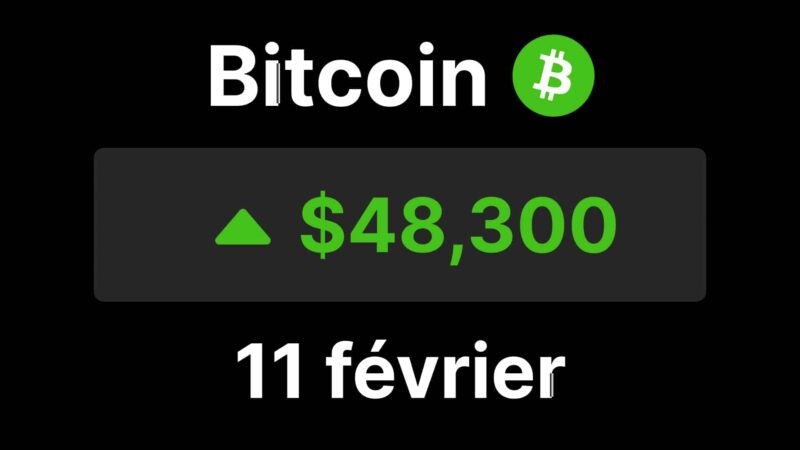Barclays, the British banking giant, has made a bold decision: starting this Friday, customers will no longer be able to purchase cryptocurrencies with their credit cards. The message is clear:
We are doing this because a market crash could plunge our customers into debts they cannot repay.
A drastic decision that is likely to raise eyebrows, both from crypto investors and advocates of a more open finance system.
As of June 27, it’s over for crypto purchases via Barclaycard
The official justification: protecting consumers. Barclays mentions “certain risks” associated with the purchase of digital assets, including the lack of a safety net in case of problems. A useful reminder for newcomers: in the event of a dispute or bankruptcy of a crypto provider, no coverage is guaranteed by the Financial Ombudsman Service or the Financial Services Compensation Scheme. In other words: no refund up to £85,000 as with a standard bank account.
But why now? Crypto purchases by credit card have already been restricted in several British banks since 2023. Back then, HSBC and Nationwide had taken the lead, in a post-collapse atmosphere of FTX, Celsius, and others.
A deliberate step back, despite the democratization of Web3
If we read between the lines, this ban is not just a precautionary measure. It also highlights a growing visible divide between traditional finance and the crypto ecosystem. Banks want to prevent their customers from going into debt to speculate on a volatile market. It’s understandable. But they continue, at the same time, to offer credit for much riskier or frivolous purchases.
In the background, the rise of DeFi solutions, stablecoins, and crypto cards could well worry traditional players. Blocking purchases is also slowing down adoption.
Behind the good intentions, fear of over-indebtedness… or of Web3?
Barclays is not closing the door to cryptocurrencies per se. Purchases via debit card or bank transfer are not affected. But the credit card prohibition sends a clear message: for major banks, crypto remains a minefield to be kept at arm’s length.
For investors, it’s a useful reminder: never rely solely on the bank to access Web3.
And for the market? Another proof that the path to massive adoption is still fraught with obstacles, even in 2025.




